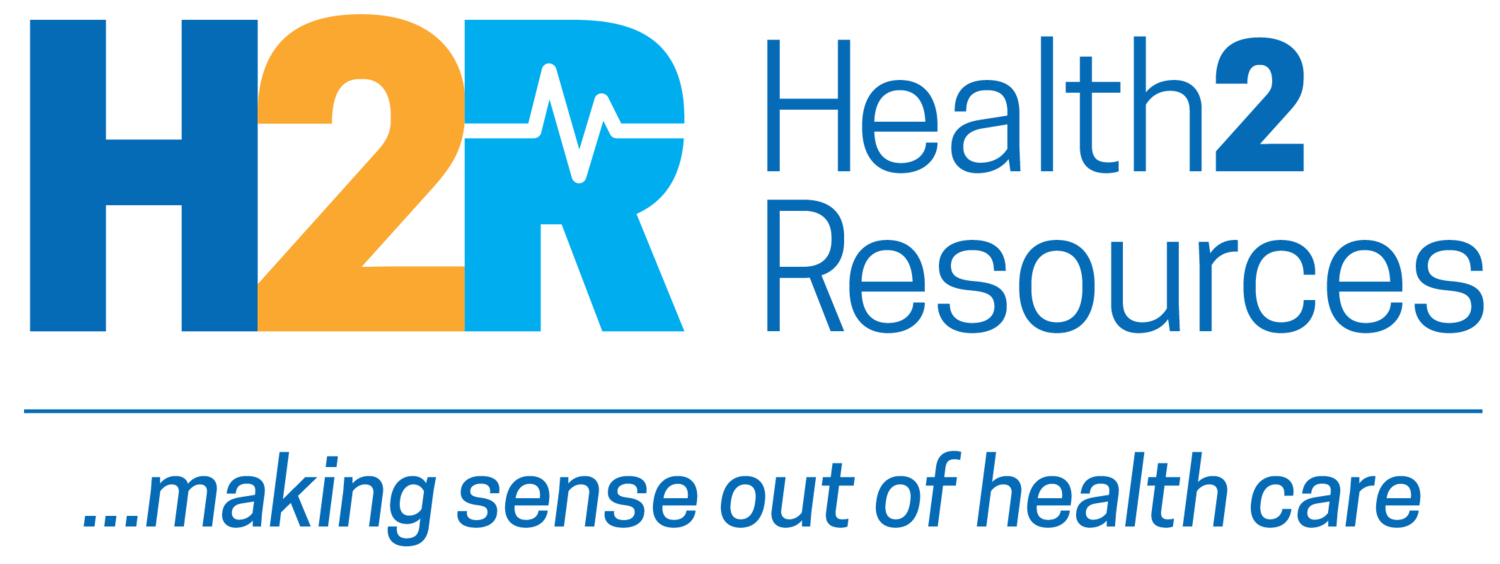February 28, 2019 | National health spending keeps growing
INDUSTRY NEWS
Pick your poison: Different takes on Medicare for All
The New York Times offered an overview of five key elements distinguishing the various proposals loosely termed Medicare for All. They include automatic enrollment in universal coverage and elimination of employer-based insurance. Readers can vote on each category and compare responses to those of other readers. The piece also includes insights from 11 health policy experts. (The New York Times)
National health spending keeps growing
Between 2020 and 2027, national health expenditure growth is projected to average 5.7 percent annually, compared to 4.8 in 2019 and 4.4 in 2018, according to an annual report from the Centers for Medicare & Medicaid Services' Office of the Actuary. Medicare spending growth is expected to average 7.6 percent between 2020-2027, compared to 6 percent for Medicaid and 5.1 for private health insurance. Overall, the health share of the economy is projected to climb to 19.4 percent by 2027—up from 17.9 percent in 2017. (HealthAffairs; annual report)
Do you subscribe to H2RMinutes? Get the top stories of the week in health care transformation with a free subscription here.
INNOVATION & TRANSFORMATION
Dr. Google may be a good diagnostician
Patients are turning to Google to answer their health questions in the days before their condition takes a turn for the worse, and this could provide an opportunity to anticipate and improve care, according to research published in BMJ Open. That’s because many emergency department patients are amenable to having their search histories and electronic health record data combined and analyzed. The researchers noted a change in volume and content of search activity prior to an emergency department visit; this “suggests opportunities to anticipate and improve health care utilisation in advance of ED visits.” (MobiHealthNews; BMJ Open)
Trends: Feds continue to advance digital health
Last year, federal lawmakers and regulators worked to modernize the legal framework to promote digital health in the context of care coordination and value-based models. These efforts brought changes to coverage of virtual care services, and the promise of more regulatory reform. McDermott Will & Emery recently published a review of key developments that shaped digital health in 2018—and will influence 2019. (National Law Review)
CONSUMERS & PROVIDERS
NAHQ survey: Quality training falls short
A recent survey of health care organizations from the National Association for Healthcare Quality (NAHQ) found that only 33 percent of respondents said all staff receive training and education on quality. However, the survey found that disciplines and specialties are increasing quality and safety training for their own professionals. NAHQ praised these efforts but warned that they can unintentionally create silos that don’t support team-based patient care delivery. (Healthcare Finance News; survey)
Patient travel times still high
It takes more than half an hour for patients to travel to health care appointments, and that is followed by 11 minutes of waiting; those times haven't changed over the past 11 years. That means patients must take nearly 45 minutes off work or other activities before they even see a provider. In some cases, travel and wait times are twice that of other professional services, such as legal, personal care and vehicle repair. The time spent traveling and waiting didn’t vary based on such variables such as income and region. (Healthcare Dive; Altarum report)
NEW & NOTED
New Purdue revelations: Purdue executive Dr. Richard Sackler agreed to conceal the strength of OxyContin from doctors, an investigation from ProPublica and STAT revealed last week, based on a sealed deposition. Sackler’s family owns the company. (ProPublica)
Pop health spinoff: Oregon-based Providence St. Joseph Health, the country’s third-largest nonprofit health system, has launched a population health management company, Ayin Health Solutions. Capabilities include an employee health benefit optimization service. (HealthITAnalytics) al Review)
Elective trumps emergency: Hospitals earn about $700 more on each elective admission than they earn on an emergency department admission, according to research published in Academic Emergency Medicine. This, and not predictably, is why elective admissions take priority over emergencies, two emergency physicians write in The Washington Post. They call on payers to up their reimbursement rates for emergency admissions. (The Washington Post; Academic Emergency Medicine)
MULTI-MEDIA
The FDA has indicated its willingness to crack down on dietary supplements, but that may require congressional action—which may not be forthcoming. Listen to Julie Rovner of Kaiser Health News, Alice Ollstein of Politico, Anna Edney of Bloomberg News and Kimberly Leonard of the Washington Examiner discuss this and other topics on the Kaiser Health News podcast. (KHN podcast)
MARKETVOICES...QUOTES WORTH READING
“If employer-based coverage is retained, that does not make a single-payer approach impossible.”—Dr. Don Berwick, a senior fellow at the Institute for Healthcare Improvement, quoted in The New York Times


